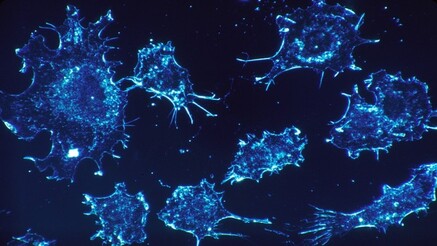A new study has shown that the relationship between aging and cancer may be more intimate and complex than previously thought. In fact, some aspects of cellular aging may hinder the development of cancer. With a vast analysis of genetic data, a group of scientists has shown that the genetic signature of aging tissue is very different from that of cancerous tissue. This is important because the activity levels of certain genes can influence how the cells within tissues behave, and ultimately, whether diseases such as cancer develop. As we age, more and more of our cells become dormant, meaning that they no longer grow, divide, and renew. This is a process called cellular senescence, and the proportion of senescent cells in our bodies increases with age. In the irreversible state of cell senescence, cell division ceases. Conversely, cancer is a disease defined by uncontrolled cell division that leads to the formation of tumors. Previously, experts assumed that aging tissues are more likely to become cancerous because of an accumulation of multiple mutations in cancer causing-genes. However, the recent study shows that, despite this accumulation, senescent cells are also likely to hinder cancer development; this is because the processes that cause cells to grow, divide, and renew are switched off during senescence. The team behind this research has published their findings in the journal Aging Cell.
(Credit: www.medicalnewstoday.com)


